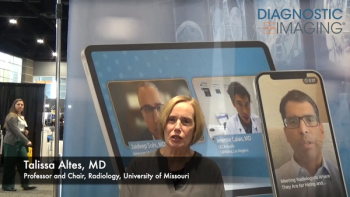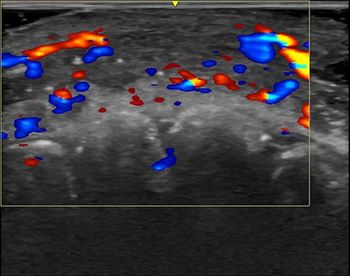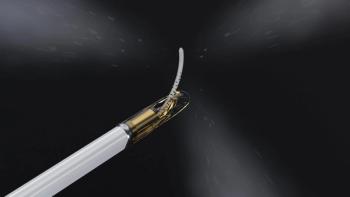
Marshfield physicists automate measurement of MR performance
Signal-to-noise ratio has long been the standard for gauging the performance of MR scanners. Its calculation, however, can be tedious, especially when several scanners are involved.
Signal-to-noise ratio has long been the standard for gauging the performance of MR scanners. Its calculation, however, can be tedious, especially when several scanners are involved.
Medical physicists reported at the Society for Imaging Informatics in Medicine on Saturday that they have developed a semiautomated method for coming up with this measure, as well as a second measure, signal-difference-to-noise ratio.
Randell L. Kruger, Ph.D., a medical physicist at the Marshfield Clinic in Marshfield, WI, reported on the use of an interface definition language-based program developed at the clinic to automate SNR and SDNR measurements. It queries DICOM phantom files, shows DICOM header information, displays the first and seventh axial images, and then quantifies signal and noise in specific areas. Two regions of interest are examined when calculating SDNR. A single ROI is used when calculating SNR.
Kruger and colleagues used the program to assess the performance of 434 scanners made by GE, Philips, Toshiba, Siemens, Picker, Fonar, and Hitachi, breaking the equipment into groups from 0.2T to 0.7T and 1T to 2T. They used the same cylindrical QC phantom indicated for the ACR accreditation program for MR.
Newsletter
Stay at the forefront of radiology with the Diagnostic Imaging newsletter, delivering the latest news, clinical insights, and imaging advancements for today’s radiologists.




























